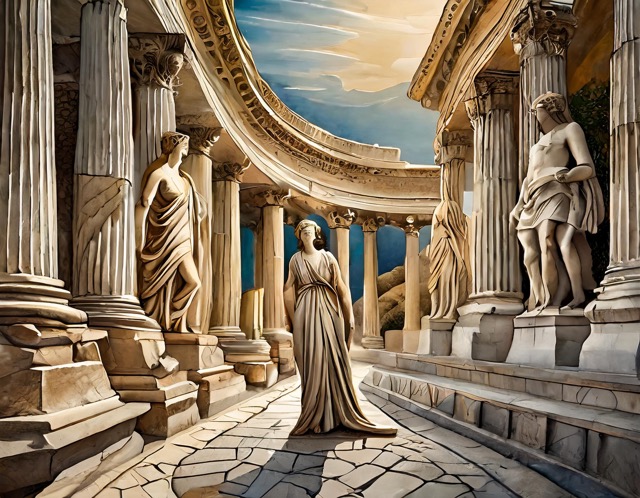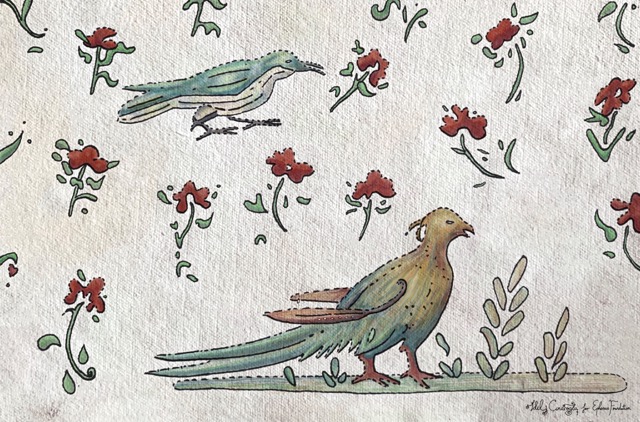- Home
- Art
Art

Art
In the ancient city of Ephesus, frescoes and mosaics adorned the walls and floors of houses, public buildings, and religious structures from the Hellenistic period to the late Roman Empire. These works of art reflect the aesthetic tastes, artistic skills, and thematic diversity of the ancient world, covering a wide range of subjects from daily life to mythological stories.
Frescoes are wall paintings created using a technique where pigment is applied to wet plaster. The frescoes of Ephesus often depict a variety of themes, including mythological figures, gods and goddesses, scenes from daily life, natural landscapes, and geometric patterns. This art form required the use of wet plaster techniques to ensure the vibrancy of colors and the durability of intricate details over time.
In Ephesus, beautiful examples of fresco art can be found particularly in the walls of wealthy homes and significant public buildings. These frescoes provide valuable insights into the daily lives, belief systems, and aesthetic values of the ancient Ephesians.

Mosaics are floor decorations created by arranging small, colored stones, pieces of glass, or fragments of ceramics side by side. In Ephesus, mosaics were often used to adorn the floors of homes, baths, and public buildings, serving as symbols of wealth and grandeur. The subjects of these mosaics include mythological scenes, animal figures, plant motifs, and depictions of daily life.
These works of art feature intricate and dynamic compositions, achieved through the masterful use of materials in varying colors and shades. The mosaics of Ephesus highlight the skill of ancient artisans in visual storytelling and reveal the artistic tastes of the time.
